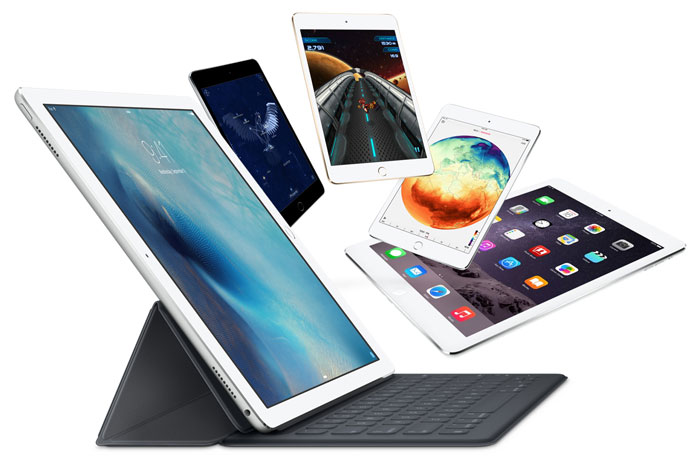The iPad Pro is in a league of its own
Consumers won’t be able to get an iPad Pro until November, which leaves plenty of time to truly define what the iPad Pro is, isn’t and what should never be.
The iPad Pro is unlike any previous iPad ever made, and size is only part of the reason why. Yes, we could say, size does matter, in redefining the iPad into this new iteration, however, what makes the iPad Pro truly unique, is a combination of factors that set it aside from the iPad Air 2 and iPad Air.

A desktop-class iPad is not a desktop
For one thing, the iPad Pro’s screen size is not just “bigger”. As it was pointed out during the keynote, the iPad Pro’s 12.9 inch screen size has been chosen to fit the 9.7 inch height of the iPad Air 2 across the iPad Pro, leaving enough room on the side to fit side apps, when using the iPad Pro in landscape mode.
Why is it a big deal? Because having multiple apps that can fit comfortably on an iPad is not just a feature: it’s a step.
Over the past year there has been sporadic talks about a possible convergence of iOS and Mac OS X. When looking at Apple’s latest, and very bold decisions that lead to the iPad Pro and Apple Pencil, we now know two things: first of all, it’s unlikely that iOS and Mac OS X will merge. Secondly, it’s much more likely that iOS will evolve into a responsive operating system, capable of desktop-like features, similarly to Microsoft Windows 10.
Having said that, the iPad is far from being a Mac, and it won’t bring the demise of Mac OS X anytime soon, but technology and the behavior of users is changing, with the introduction of an increasing number of desktop features that used to be the prerogative of mobile users.
One big clue is the accessories available to the iPad Pro, including the Smart Keyboard and Apple Pencil. These are not third-party gadgets, but full-on Apple products that have been designed with a specific purpose in mind: to show consumers just how much they can do with an iPad.
The introduction of 3D Touch technology is another step in the same direction, which adds the ability to access context menus in iOS 9, as something that was previously unthinkable on a device like the iPad Mini. Yet, this feature is now available in the iPhone 6S.
Should you get an iPad Air or an iPad Pro?
The iPad Pro is built for productivity in a very specific way, whereas the iPad Air is a device that is more accessible to common users who don’t expect to perform advanced tasks, such as composing music with GarageBand, or editing video with iMovie, at least not professionally.
In a way, the iPad Pro is to the iPad Air, as the MacBook Pro is to the MacBook Air. The iPad Pro is a device that, at a slightly higher cost of portability, allows users to do more, while the iPad Air 2 is a device that provides more flexibility, minus the comfort of full-size split screen apps display, or the added boost of the A9X processor.